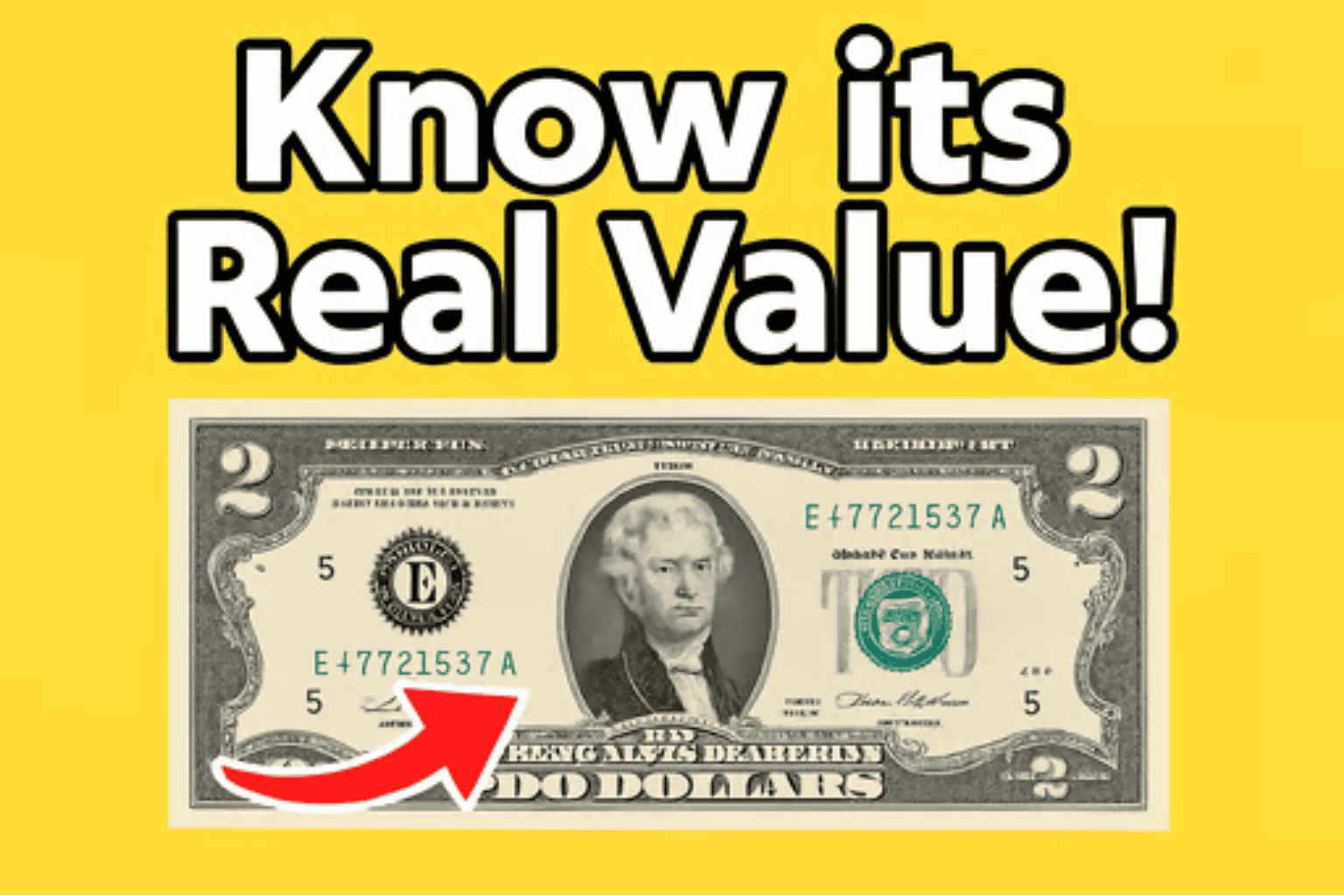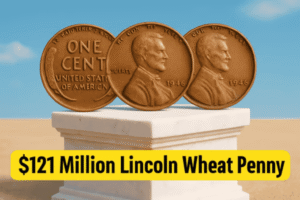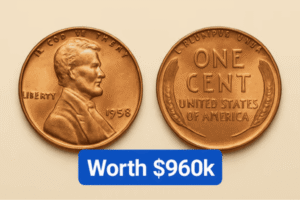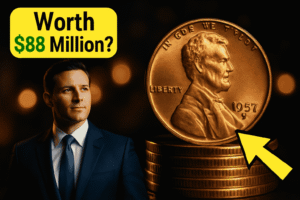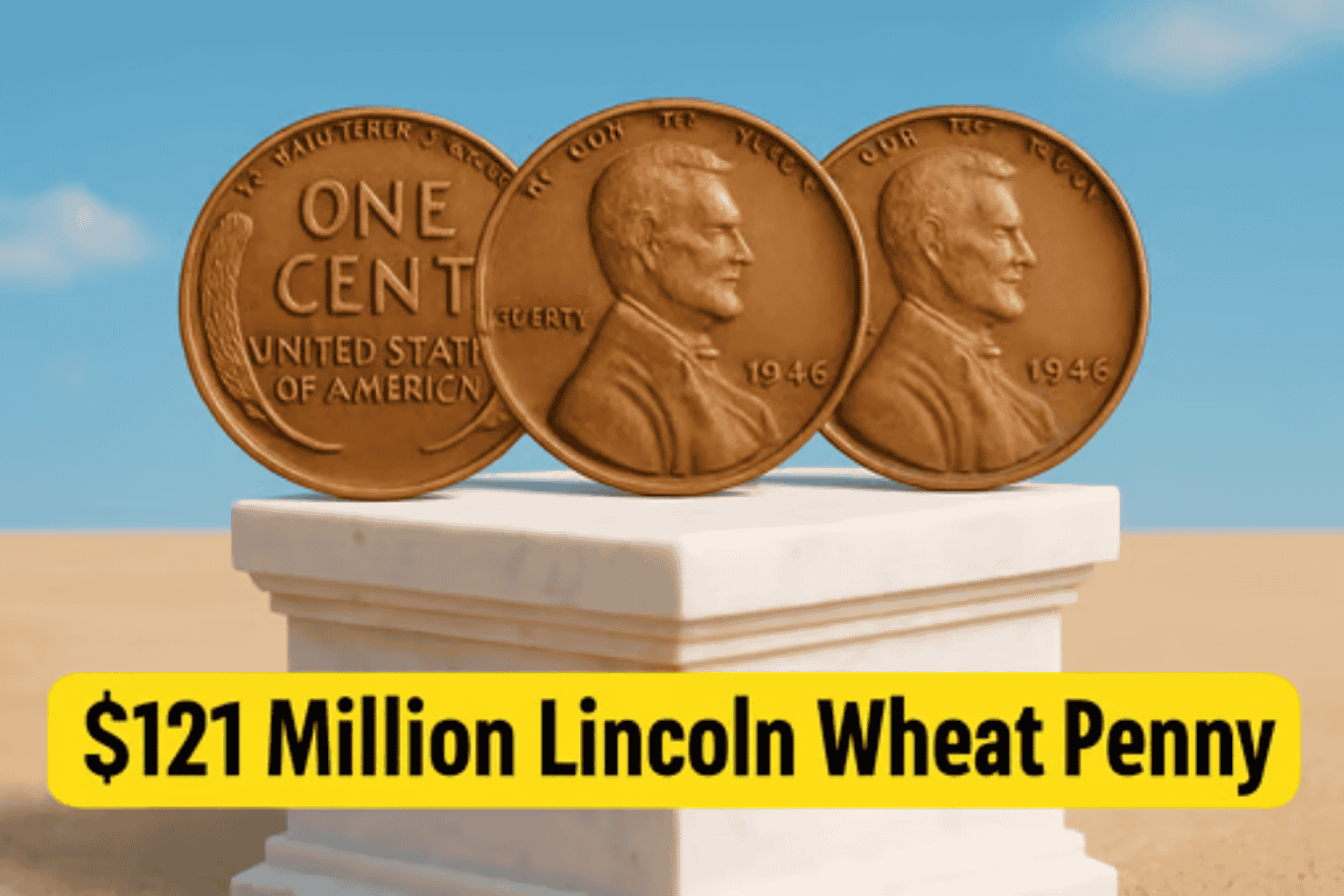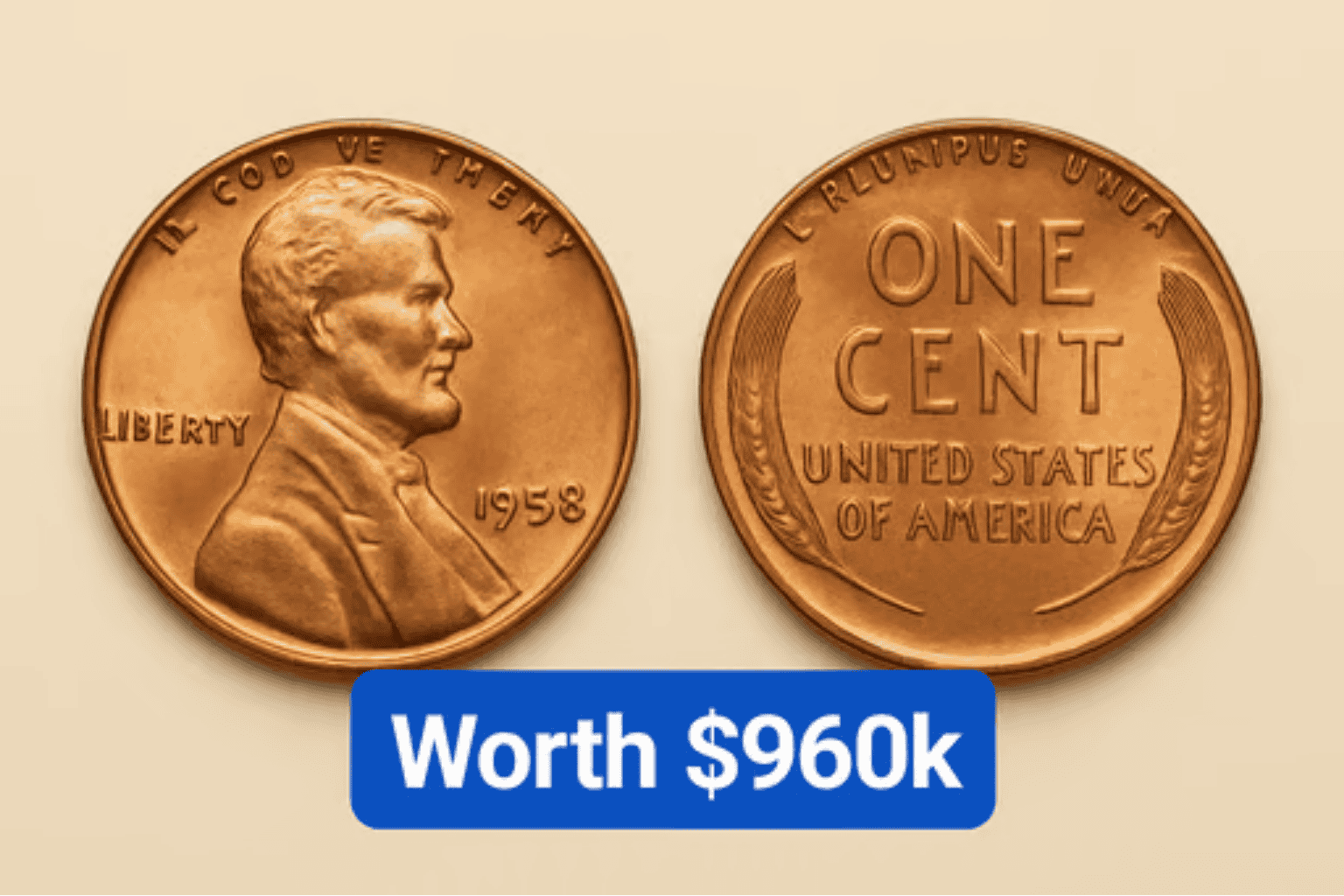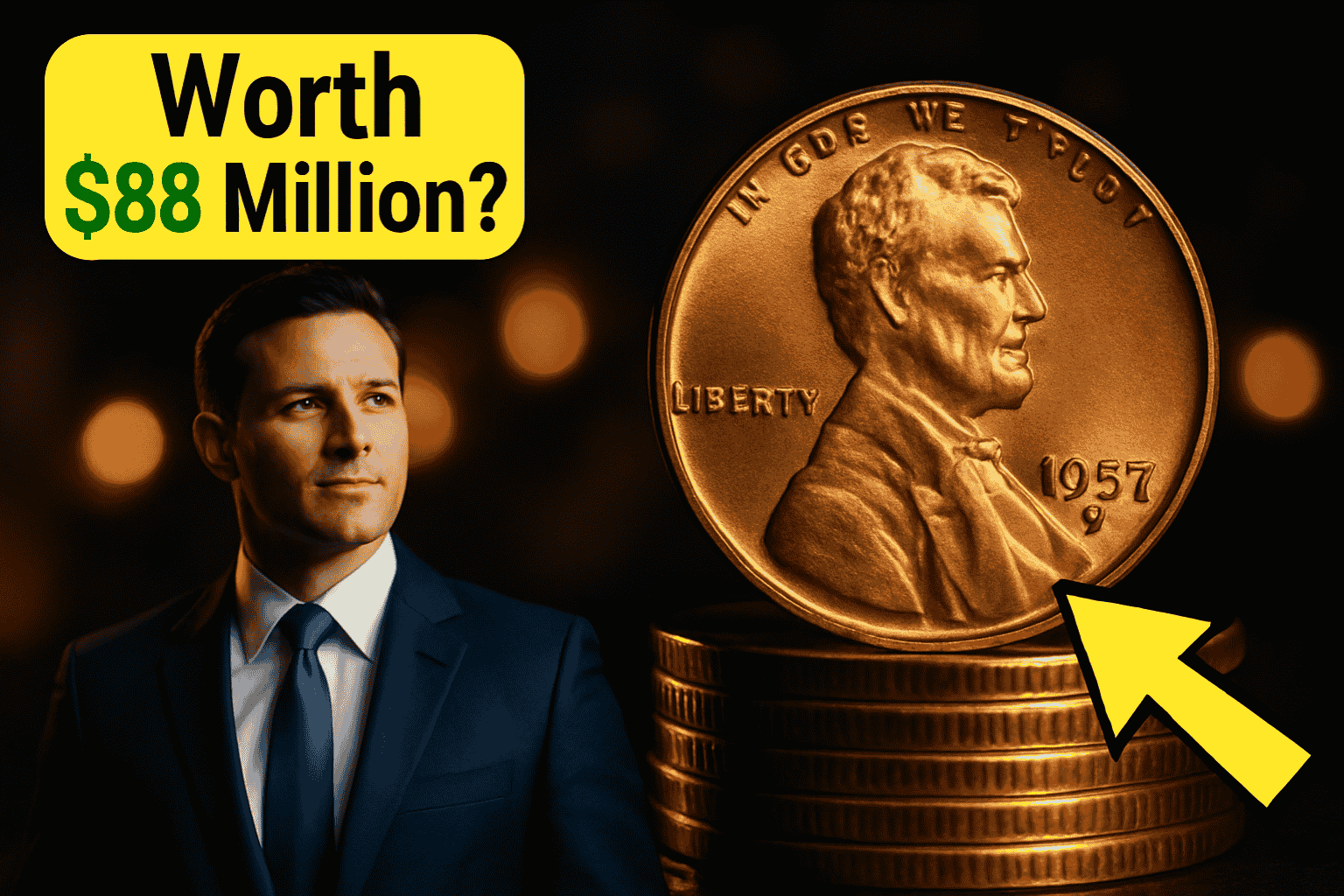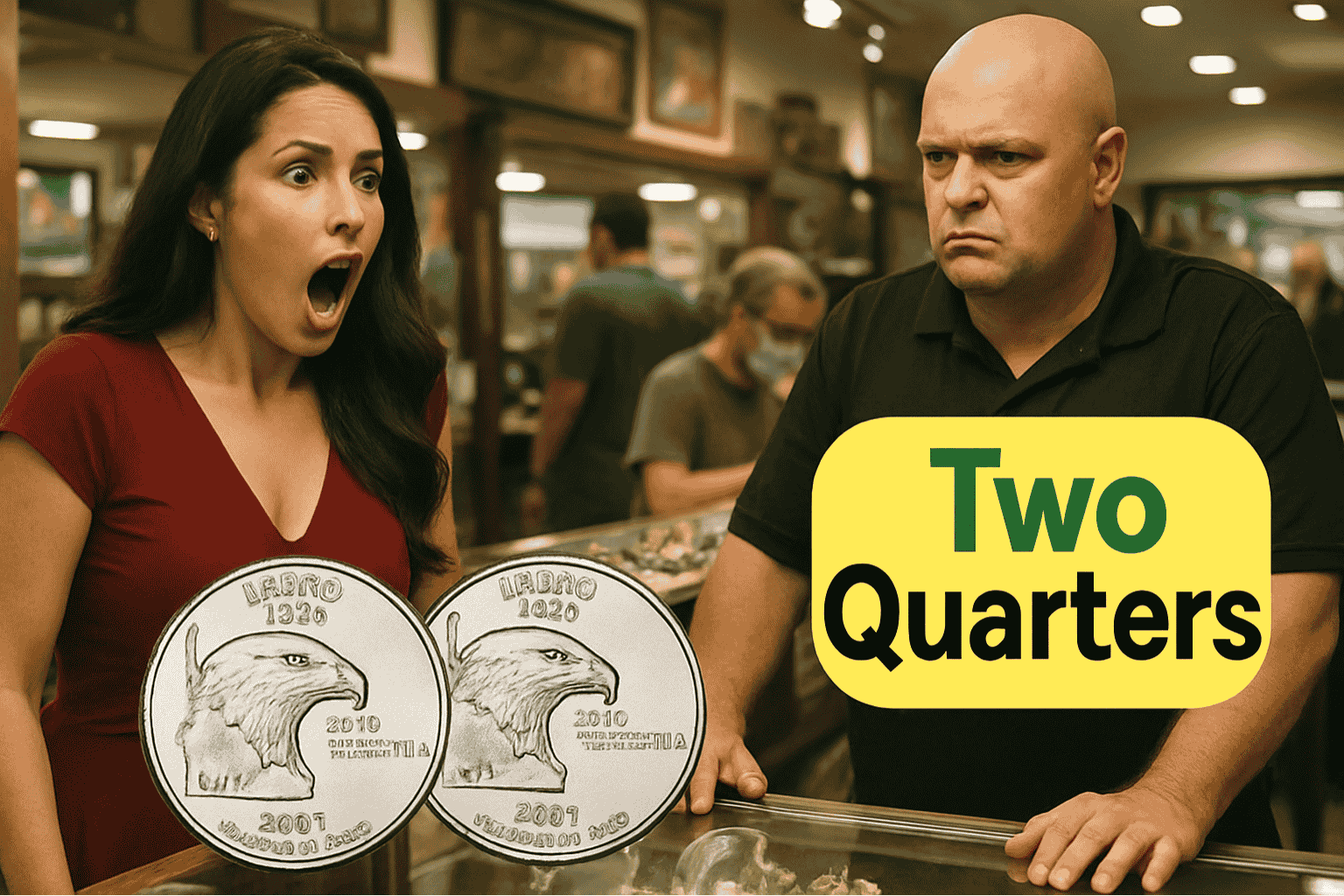You ever stumble on something old, kinda weird, and maybe a little dusty—and it turns out to be worth way more than you thought? That’s exactly what’s going on with some 1976 $2 bills. Yeah, those oddball notes with Jefferson on the front and a giant painting on the back. They were basically treated like collectibles from day one, and now, decades later, some of them are turning into low-key jackpots for people who held onto ’em. Or forgot about ’em entirely.
So if there’s a random $2 bill tucked inside your grandma’s Bible or jammed behind the sock drawer, you might wanna give it a second look.
Why the 1976 $2 Bill Even Exists
Okay, quick rewind. The $2 bill had kinda vanished by the 1960s. People just didn’t use it much, and the government stopped printing it. But in 1976—boom—it’s back, baby. Why? America was throwing itself a massive birthday party: the Bicentennial. 200 years of red, white, and blue, and somebody in D.C. decided the revival of the $2 bill was a fitting tribute.
It wasn’t just another banknote, either. The redesign was a flex. Jefferson still held down the front, but the back? It showcased John Trumbull’s iconic “Declaration of Independence” painting. You’ve probably seen it a hundred times without realizing—textbooks, museums, that one scene in National Treasure…
Oh, and instead of plain ol’ black and green, the first-day issues were stamped with red and blue ink to commemorate the release. That made them feel… well, kinda special.
Not Every $2 Bill Is a Payday (But Some Are)
Let’s not get ahead of ourselves. Most 1976 $2 bills are still worth… two bucks. Maybe a smidge more if they’re in great shape. But! A few factors can seriously dial up the value.
Here’s what you’re looking for:
| Feature | Why It Matters | Value Potential |
|---|---|---|
| Uncirculated Condition | Crisp, no folds, sharp edges, vibrant colors. Think straight-from-the-press fresh. | $10 – $30 |
| Star Notes (★) | Replacement bills marked with a star near the serial number. Rare and collectible. | $20 – $70+ |
| Low Serial Numbers | Numbers like 00000001, or anything with a bunch of leading zeroes. Scarce and cool. | $100 – $1000+ |
| Fancy Serial Numbers | Patterns like 12345678, 00007777, or palindromes like 80000008. Collectors go wild. | $50 – $500 |
| Printing Errors | Off-center prints, ink smudges, or miscuts. Factory mistakes = money. | Highly variable |
| Rare Federal Reserve Districts | The letter on the left tells you where it was printed (A–L). Some are just rarer. | Adds premium |
Wanna check yours right now? Hold it up to a light. Handle it gently—by the edges. Look for stars, odd serials, bright ink. If it looks like it just came outta the Treasury yesterday, it’s worth more than face value.
Grading and Selling: The Next Steps
If your $2 bill checks a couple of those boxes, you might wanna get it professionally graded. Companies like PMG (Paper Money Guaranty) and PCGS Currency will certify its condition and authenticity. That little plastic case with the grade on it? That can boost the value big time—especially if you’re trying to sell to serious collectors.
Where to sell it?
- eBay – Easy listing, global reach.
- Heritage Auctions – For high-end, graded specimens.
- Local coin/currency dealers – May offer a fast sale, but usually at a discount.
- Reddit/Collectors Forums – Riskier, but occasionally rewarding.
- Coin shows & numismatic conventions – You’ll meet real collectors (and real characters).
Oh—and one more tip? Don’t clean it. Never, ever try to “freshen up” a bill. That’s a one-way ticket to killing its value.
It’s Not Just Money—It’s a Moment in Time
Beyond all the dollar signs, these 1976 $2 bills are just… kinda cool, right? They’re little artifacts from a very specific moment in American history. The mid-70s were a weird, hopeful, post-Watergate, disco-infused time. People were rethinking patriotism, and for one shining second, a quirky two-dollar bill was part of the national vibe.
You can practically feel it in the ink.
So even if your bill isn’t worth much more than a Big Mac combo, it’s still a conversation starter. A memory. A reminder that sometimes, the strangest things end up surviving the longest.
TL;DR: What Makes a 1976 $2 Bill Valuable?
- Crisp and uncirculated condition? Worth more.
- Star near the serial number? Jackpot potential.
- Cool or low serial number? Big bucks possible.
- Printing mistake? Definitely collectible.
- Rare Federal Reserve letter? Adds value.
- Worn, dirty, folded? Probably just worth $2.
But hey—check every one you come across. The odds might be slim, but they’re not zero. And isn’t that what makes it fun?
FAQs
How do I know if my $2 bill is uncirculated?
If it feels crisp, has no creases, and the ink looks sharp and vivid, you’ve likely got an uncirculated note. It should almost feel like a new playing card.
What’s a star note?
It’s a replacement bill printed when another one was damaged or misprinted. It has a small ★ symbol near the serial number. These are rarer.
Do older $2 bills have more value?
Often, yes—especially if they’re from the 1928, 1953, or 1963 series. But condition and rarity matter more than age alone.
Should I spend my 1976 $2 bill or save it?
If it’s worn and common, feel free to spend it. But if it looks pristine or has any of the collectible traits, keep it safe—or get it graded.
Where’s the best place to sell a valuable $2 bill?
Heritage Auctions for high-end stuff, or eBay for general exposure. Dealers and collector forums are also options.

